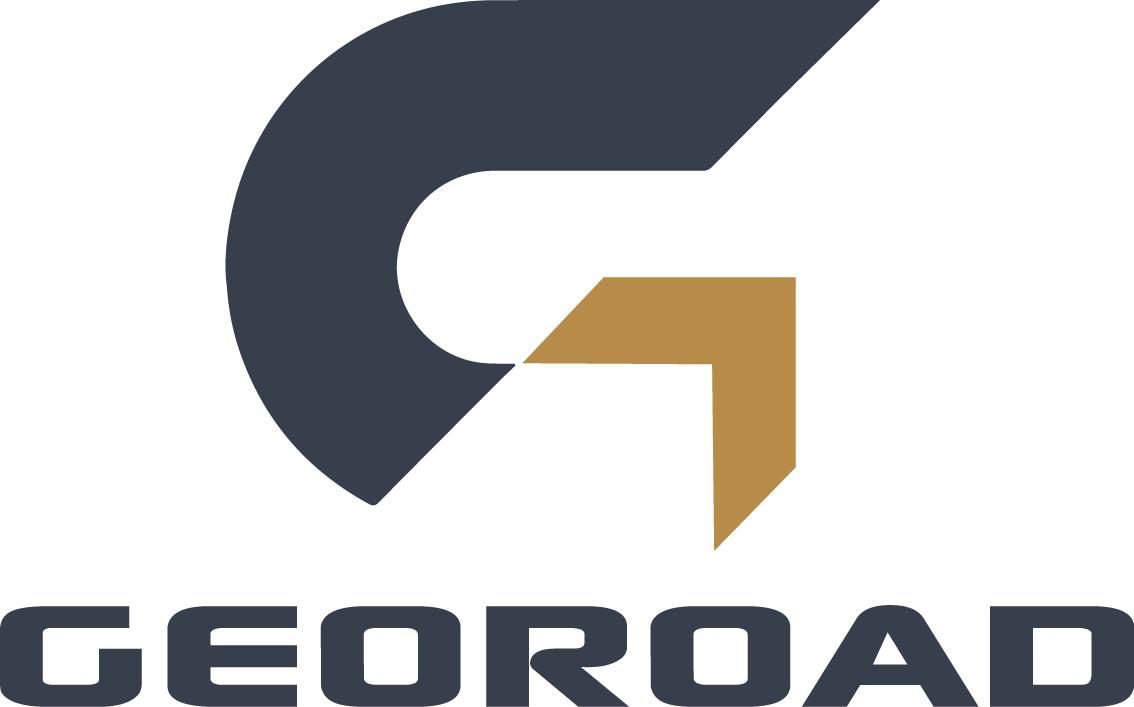Nonwoven geotextile is a kind of high-efficiency geotechnical material widely used in civil engineering. PP filament non-woven geotextile and PET non-woven geotextile are the two most common types. Different materials have differences in performance, characteristics and application scenarios, but they also have many common uses. This article will explore their differences in four aspects: material characteristics, production process, performance differences and application scenarios, and summarize four common uses.
Differences between PP filament nonwoven geotextile and PET nonwoven geotextile
PP filament nonwoven geotextile
It is made of polypropylene (PP) through spunbonding or needle punching. PP material has low density, light weight, strong chemical stability, and excellent tolerance to acid and alkali.
PET nonwoven geotextile
It is made of polyester (Polyethylene Terephthalate, PET) through needle punching or thermal bonding. PET material has high strength, excellent durability, and strong resistance to ultraviolet rays and aging.
Performance Characteristics
| Property | PP Filament Non-Woven Geotextile | PET Non-Woven Geotextile |
|---|---|---|
| Density | Lower, making it lighter and easier to handle. | Higher, offering better strength and robustness. |
| Tensile Strength | Moderate to high, depending on the application. | Superior tensile strength, suitable for heavy loads. |
| Chemical Resistance | Excellent resistance to acids and alkalis. | Good, but slightly less resistant than PP. |
| UV Resistance | Moderate; degrades faster under UV exposure. | High, suitable for prolonged outdoor exposure. |
| Flexibility | More flexible, making it easier to conform to uneven surfaces. | Less flexible but still offers adequate adaptability. |
Four common uses of PP filament nonwoven geotextile and PET nonwoven geotextile
Isolation function application scenario: In road construction, separate different soil layers or material layers to prevent adjacent materials from mixing and maintain structural stability.
Mechanism of action: High-strength fiber structure prevents the mutual penetration of particles such as sand, gravel, etc., thereby protecting the integrity of the roadbed.
Advantages:
PP geotextile is light and easy to lay, suitable for small isolation projects.
PET geotextile has higher strength and is suitable for heavy loads and long-term isolation needs.
Drainage function application scenario: underground drainage system, tunnel anti-seepage drainage layer, and slope drainage project.
Mechanism of action: Use the good water permeability of non-woven fabrics to drain excess water, while preventing the loss of fine particles and maintaining soil stability.
Advantages:
PP geotextile performs well in short-term drainage projects.
PET geotextile is suitable for projects that require long-term drainage functions.
Reinforcement function
Application scenario:
Applied to projects such as slopes, dams, and roadbeds that require enhanced bearing capacity.
Mechanism of action:
Prevent structural deformation or collapse by enhancing the tensile strength and overall stability of the soil.
Advantages:
PP geotextile is flexible and suitable for small-scale foundation reinforcement.
PET geotextile has high strength and is more suitable for large-scale structural reinforcement.
Application scenarios of filtration function: water conservancy projects, landfills, etc., which need to block particles but allow water to pass through.
Mechanism of action: The pore structure between non-woven fibers prevents fine particles from being lost with water while ensuring smooth passage of water.
Advantages:
The chemical stability of PP geotextile makes it more effective in acidic and alkaline environments.
The durability of PET geotextile is more suitable for long-term filtration needs.
How to choose a suitable non-woven geotextile?
In actual engineering, the selection of PP filament non-woven geotextile or PET non-woven geotextile should be based on the following factors:
- Project type: PP geotextile can be preferred for short-term projects, and PET geotextile is suitable for long-term or high-stress projects.
- Environmental conditions: PP geotextile is preferred in acidic and alkaline environments, and PET geotextile is more suitable for ultraviolet exposure scenes.
- Budget considerations: PP geotextile is relatively low in price and more economical; PET geotextile is more expensive, but has more stable performance.
- Construction requirements: PP geotextile is light and easy to construct, and PET geotextile is suitable for complex construction environments.
- By combining the actual needs of the project and rationally selecting the appropriate geotextile material, it can not only improve construction efficiency, but also extend the life of the project and reduce the cost of later maintenance.
